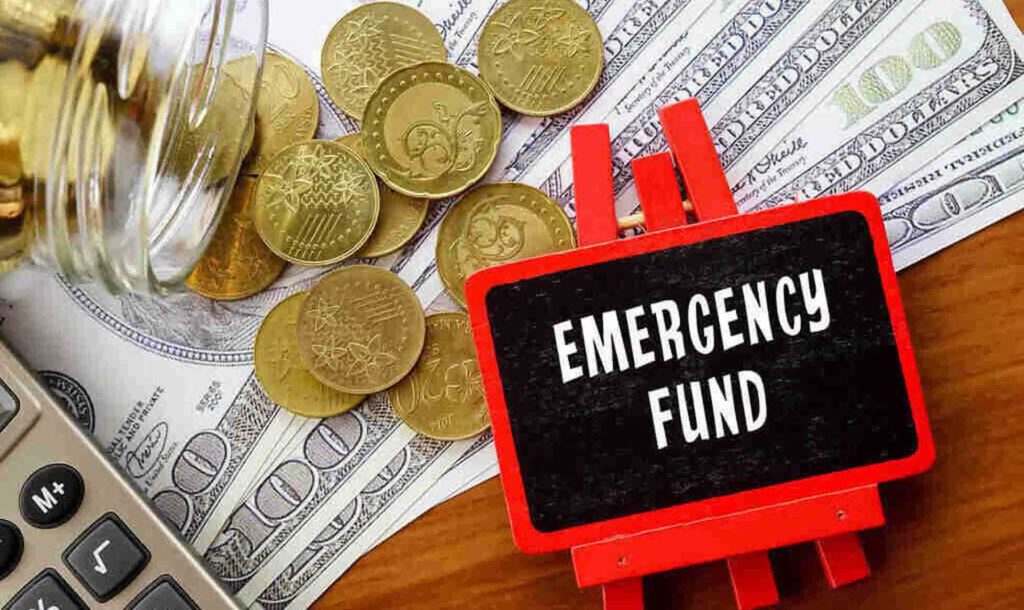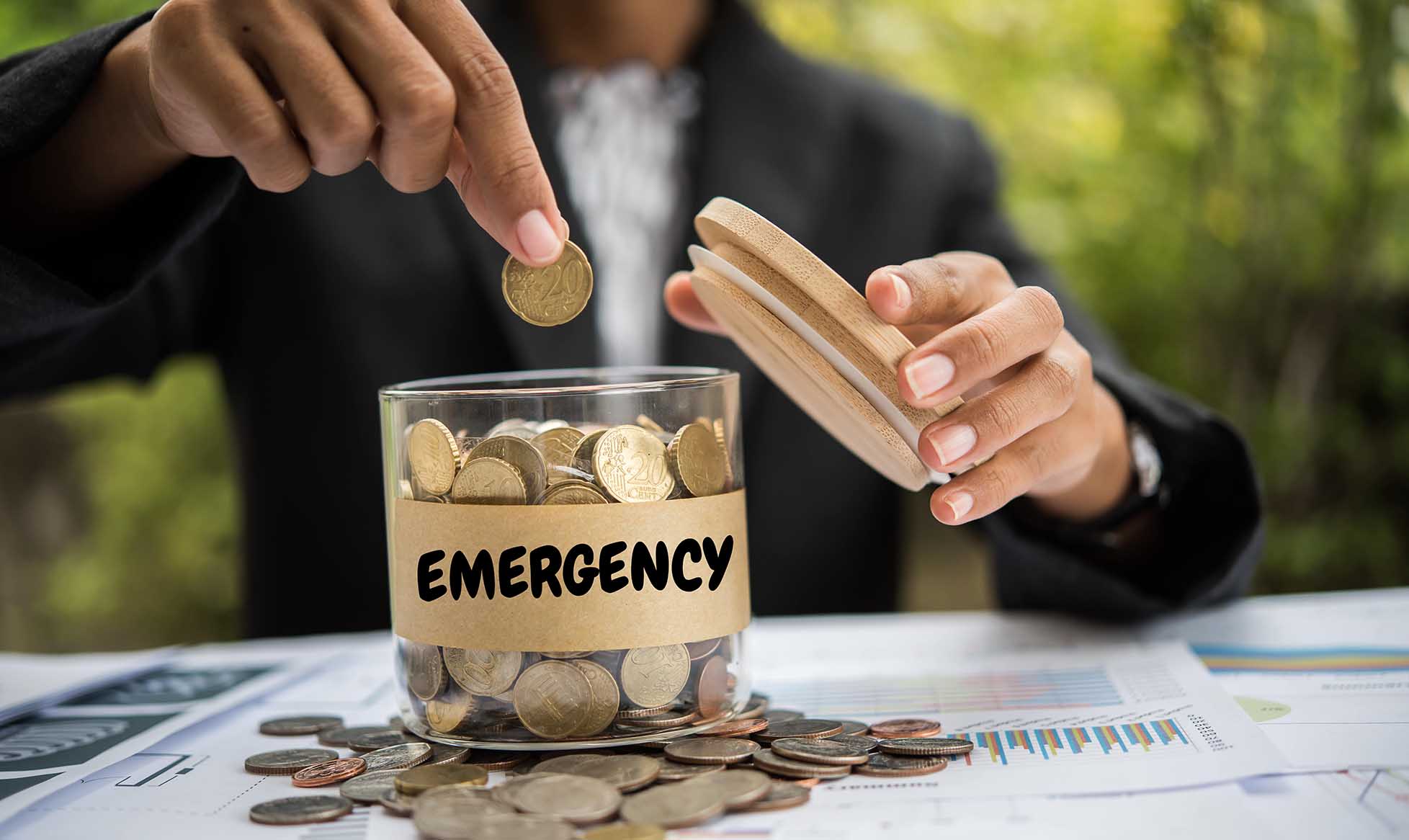Practical Strategies and Emergency Preparations for Responding to Financial Emergencies
In today’s society, both individuals and businesses are inevitably subject to sudden financial crises. Whether it is an unexpected natural disaster, unforeseen medical expenses, or the pressure of unemployment caused by an economic downturn, financial emergencies often cause severe disruptions to one’s financial stability. In such cases, how to effectively respond to these uncertainties and ensure financial security and quality of life has become a challenge that everyone must face.
1. Understanding the Types of Financial Emergencies
Financial emergencies can generally be divided into two categories: external events and internal events. External events include natural disasters, social upheavals, market fluctuations, and other factors, while internal events refer to sudden crises within a family or individual, such as illness, job loss, or accidents. Understanding the characteristics and potential impacts of these two types of events is the first step in formulating effective response strategies.
1.1 Characteristics of External Events
External events are typically unpredictable, but their impact is usually broad. For example, the outbreak of a global pandemic, the collapse of financial markets, or a sudden natural disaster can quickly alter the economic environment of a region. In the face of such unexpected events, individuals and families often find themselves unprepared, as they may not have the necessary knowledge or foresight to deal with these crises.
1.2 Characteristics of Internal Events
Internal events are those crises that occur within an individual or family, such as illness, job loss, or a major accident. These events, although localized, can have a significant impact on an individual’s income, expenditures, and daily life. Once they occur, they disrupt personal financial stability, making it difficult to manage living expenses, medical bills, or emergency costs.
2. Establishing an Emergency Fund
An emergency fund is one of the most fundamental preparations for dealing with sudden financial crises. Many financial experts recommend that the emergency fund should cover 3 to 6 months of living expenses, ensuring that individuals do not fall into financial trouble in the event of income disruption.
2.1 Sources of Emergency Fund
The sources of an emergency fund should be stable and easily liquidated. Typically, a bank savings account or money market fund is ideal for storing emergency funds because these options not only offer liquidity but also allow for quick access in times of need. It is important to ensure that the money is placed in low-risk accounts, as these funds are meant to be accessed quickly in emergencies.

2.2 How to Calculate the Amount of the Emergency Fund
When calculating the amount for the emergency fund, consider monthly fixed expenses such as housing, food, transportation, insurance, and other essential costs. For example, if monthly fixed expenses total 5,000 yuan, an emergency fund should ideally range from 15,000 yuan to 30,000 yuan, which is 3 to 6 times the amount of regular expenses. To ensure that the emergency fund remains adequate, it is best to periodically assess and adjust the amount.
2.3 Managing the Emergency Fund
Managing the emergency fund should follow the principle of “security, liquidity, and preservation of value.” It is advisable to avoid investing the fund in high-risk ventures, and the fund should not be stored in accounts that offer negligible returns. To enhance flexibility and security, it may be beneficial to spread the emergency fund across multiple accounts.
3. Purchasing Appropriate Insurance
Insurance is an essential tool for dealing with sudden financial crises. By purchasing insurance, individuals can transfer certain financial risks to insurance companies, thereby reducing their own financial burden. It is critical to choose the right insurance products based on the specific risks faced.
3.1 Life Insurance
Life insurance provides protection for individuals who may lose their ability to work or pass away due to accidents, illness, or other reasons. It offers financial support to family members, ensuring that they can maintain their basic standard of living in the event of an unfortunate incident. Life insurance can serve as a critical safety net for families during times of loss.
3.2 Health Insurance
Health insurance is an essential tool for addressing sudden health-related issues. When faced with expensive medical bills, health insurance can significantly reduce the financial strain on individuals and families. When choosing health insurance, it’s important to consider factors such as coverage, deductibles, and reimbursement ratios to ensure that one will receive timely treatment and compensation in case of a health emergency.
3.3 Property Insurance
Whether it’s home, car, or personal property, unexpected losses due to natural disasters, fire, theft, or accidents can have serious financial consequences. Property insurance can help mitigate these risks by offering compensation for damages, thus alleviating the financial burden caused by property loss. Choosing the right property insurance can provide peace of mind during difficult times.
4. Adjusting Expenditure Structure
In times of financial pressure caused by a crisis, adjusting expenditure structure becomes a critical strategy. During a financial emergency, controlling non-essential spending and ensuring that basic living needs are met is essential for managing through the event.
4.1 Prioritize Fixed Expenses
In the event of a financial emergency, priority should be given to essential fixed expenses such as housing, healthcare, insurance, and education. These are unavoidable expenditures, and delaying them may result in further financial and legal problems. Ensuring that these payments are made on time is critical for maintaining financial stability during a crisis.
4.2 Control Non-Essential Consumption
For non-essential expenses, strict controls should be implemented. For example, dining out, shopping, and traveling can be postponed or eliminated temporarily. The goal is to redirect resources to cover only basic living needs, ensuring that one’s quality of life is preserved during times of financial strain.
4.3 Assess Monthly Expenditures
A detailed assessment of monthly expenditures is crucial to identify which expenses can be cut or reduced. By tracking and reviewing spending habits, individuals can determine which costs are unnecessary or excessive, and make adjustments to reduce financial outflow during emergencies.
5. Finding Additional Income Sources
In addition to cutting expenses, increasing income is another effective strategy for managing financial emergencies. Finding additional income sources can help alleviate financial pressure during times of economic strain.
5.1 Part-Time Jobs and Side Gigs
Taking on part-time jobs or side gigs is one of the most common ways to generate extra income. Many people now turn to online platforms, freelancing, or short-term contract work to earn additional income. Writing, translation, and design work are just a few examples of side gigs that can be done in one’s free time and often offer relatively stable earnings.
5.2 Renting Out Assets
If an individual owns unused properties or vehicles, renting them out can provide additional income. This method helps generate cash flow in the short term, which can help ease financial pressures during an emergency.
5.3 Selling Unnecessary Items
Selling unnecessary items such as second-hand furniture, electronics, or clothing can also increase short-term income. In times of financial emergency, liquidating such items can provide immediate funds to help cover urgent expenses.
6. Creating an Emergency Financial Plan

An emergency financial plan is a specific strategy designed to deal with unexpected events. It includes identifying potential emergencies, establishing alerts, developing response measures, and implementing recovery strategies. An effective emergency financial plan helps individuals and families take swift actions during financial crises, minimizing economic losses to the greatest extent possible.
6.1 Identify Potential Risks
The first step in creating an emergency financial plan is to identify the financial risks that could arise. These risks could include personal health issues, unemployment, or natural disasters. By assessing these risks, individuals can take targeted actions to prepare for them.
6.2 Develop an Emergency Spending List
Once an emergency occurs, the first priority is to evaluate and arrange emergency spending. The emergency spending list should include essential costs such as medical expenses, living expenses, and transportation. If possible, it may also be helpful to negotiate with banks or creditors to delay loan repayments or adjust payment schedules, thus reducing short-term financial pressure.
6.3 Establish a Financial Recovery Mechanism
Once an emergency has been addressed, it is crucial to enter the financial recovery phase. This includes gradually restoring income, stabilizing expenditures, and replenishing the emergency fund. These steps help individuals or families return to financial stability in the short term.
7. Seeking Professional Financial Services
When faced with complex financial emergencies, seeking professional financial services is a wise choice. A financial advisor or risk management expert can provide personalized solutions based on an individual’s or family’s specific circumstances.
7.1 Consult a Financial Advisor
A financial advisor can help analyze an individual’s financial situation and provide advice on insurance, investments, tax savings, and more. In times of financial crisis, a financial advisor can assist in developing emergency financial plans and determining how to best allocate resources.
7.2 Use Risk Management Tools
In complex financial crises, risk management tools such as financial derivatives, insurance products, and wealth management strategies can help mitigate risks and reduce financial losses caused by unexpected events. These tools require a certain level of expertise and experience, so it is often beneficial to seek the help of professional institutions.
By implementing the strategies outlined above, individuals can effectively reduce the impact of financial emergencies, enhance their financial resilience, and better navigate uncertain economic environments. In the face of unpredictable risks, only through careful preparation and prudent planning can one protect their financial security and quality of life.
